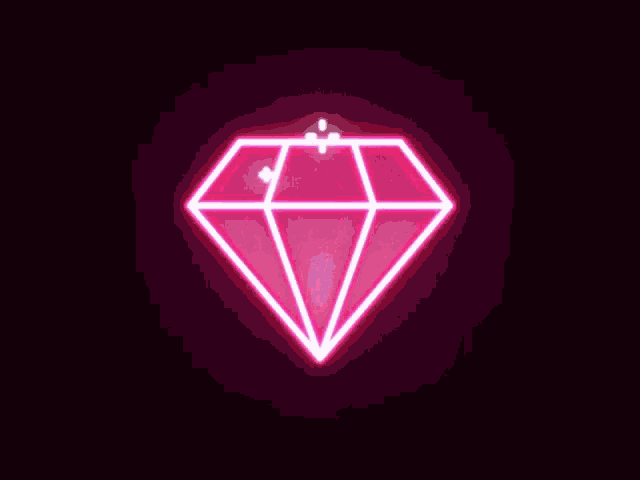The headline and even the little summary blurb were slightly confusing (or at least were to me) and the actual story is pretty damn cool:
A team led by researchers at the Massachusetts Institute of Technology (MIT) in Cambridge repurposed Webb’s observations of a distant star to reveal a population of small asteroids — smaller than astronomers had ever detected orbiting the Sun in the main asteroid belt between Mars and Jupiter.
The 138 new asteroids range from the size of a bus to the size of a stadium — a size range in the main belt that has not been observable with ground-based telescopes. Knowing how many main belt asteroids are in different size ranges can tell us something about how asteroids have been changed over time by collisions. That process is related to how some of them have escaped the main belt over the solar system’s history, and even how meteorites end up on Earth.
That’s goddamn amazing.
That’s goddamn amazing.
That’s a goddamned understatement.
So there is still a lot of space between objects, but since this suggests the same possibilities that we use to base crater aging with (big is rarer, smaller is more frequent) then we are getting closer to the scifi versions of asteroid belts (eq. the Star Wars scene).
I feel we already has a sense this was true. I know there were measurements with Voyager as it passed through Saturn’s rings to detect the collisions and project the estimated density and size. Did we manage to do something similar with the asteroid belt, since we’ve had a number of probes go through now? It would be a lot less, but certainly a detectable increase.




